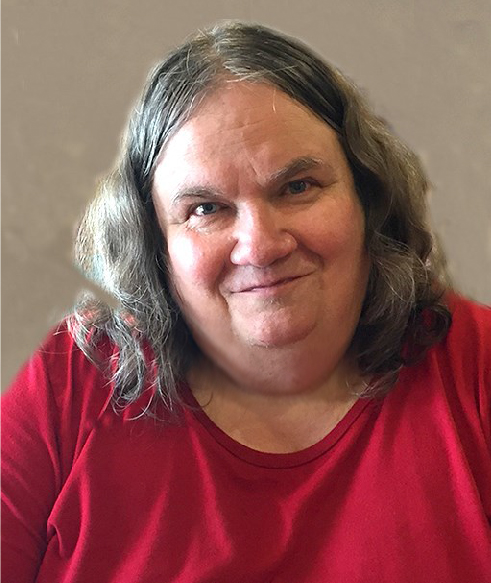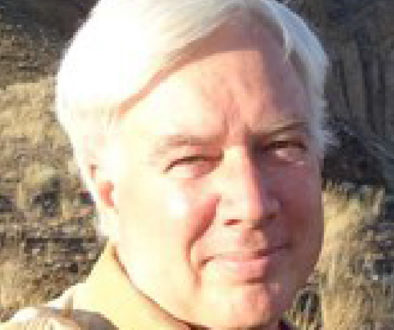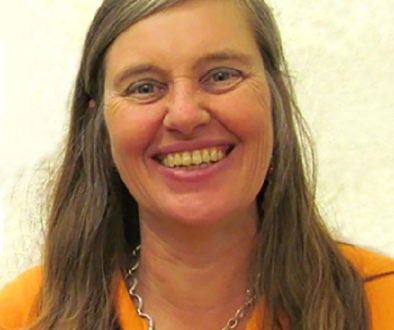Dr. Kathleen Pigg

Paleobotanist, Arizona State University
Kathleen B. Pigg is a paleobotanist who studies fossil plants, primarily from western North America that are closely related to modern plants of North America and often Asia. She studies fossilized fruits, seeds, flowers and leaves and compares them with their modern relatives to learn how they have changed in their morphological features through time.
In addition to identifying the evolutionary relationships between modern and fossil forms, the structures can also provide hints about processes that were occurring that leave telltale structures. For example, plants from the rose family often hybridize today, resulting in progeny that have intermediate leaf shapes and distinctive types of disrupted vein patterns. Documentation of similar leaves in 50-million-year-old fossils suggest that the process of hybridization was occurring then as well.
Professor Pigg’s research group is studying fossil plants from northeastern Washington, found in an area that was at a higher elevation than other coastal areas during the warmest Eocene times. Instead of fossil palm trees that grew on coastal areas these fossils are early examples of temperate plants such as maples, birches and the rose family. Studying the fossil record of plants that faced major climate change in the past can help us understand similar processes occurring today.

